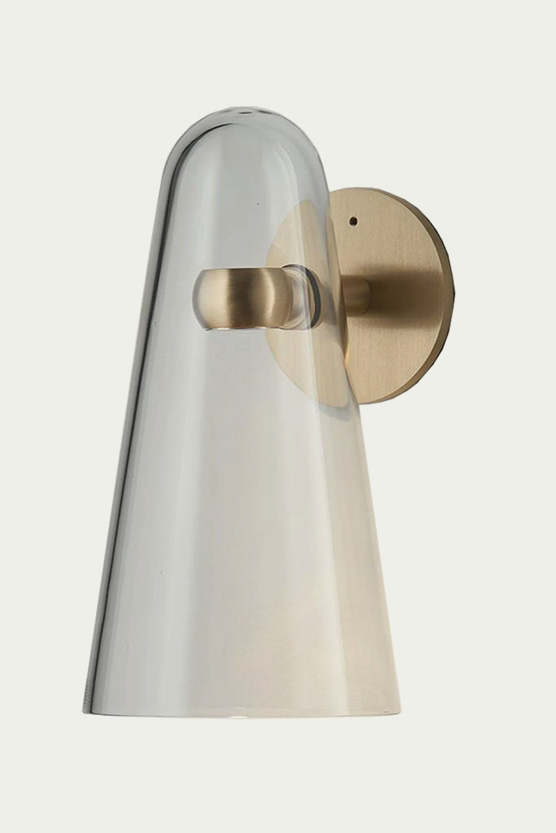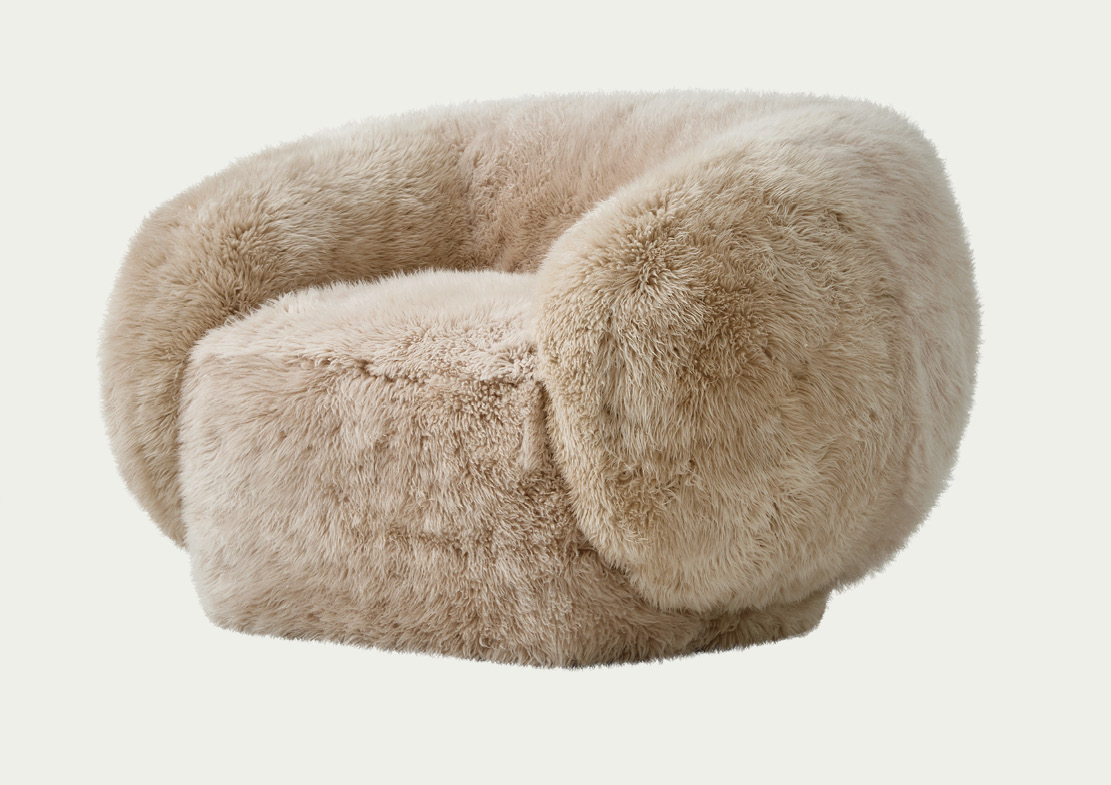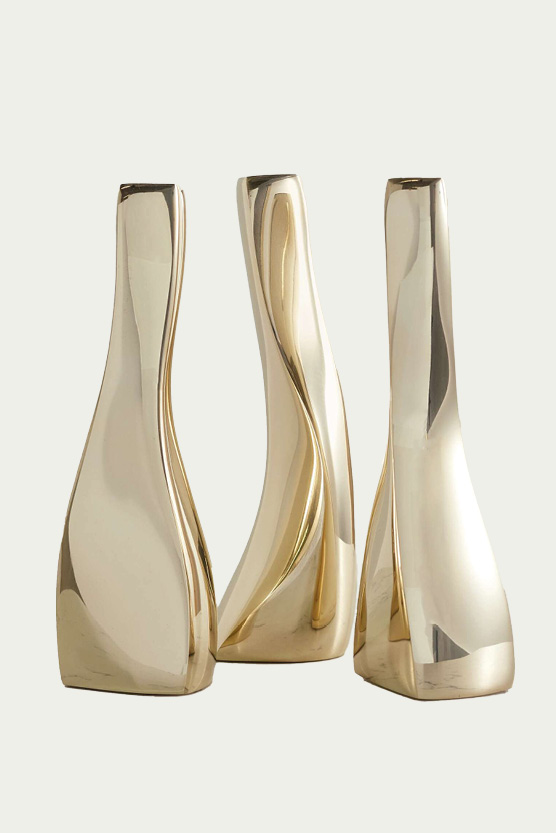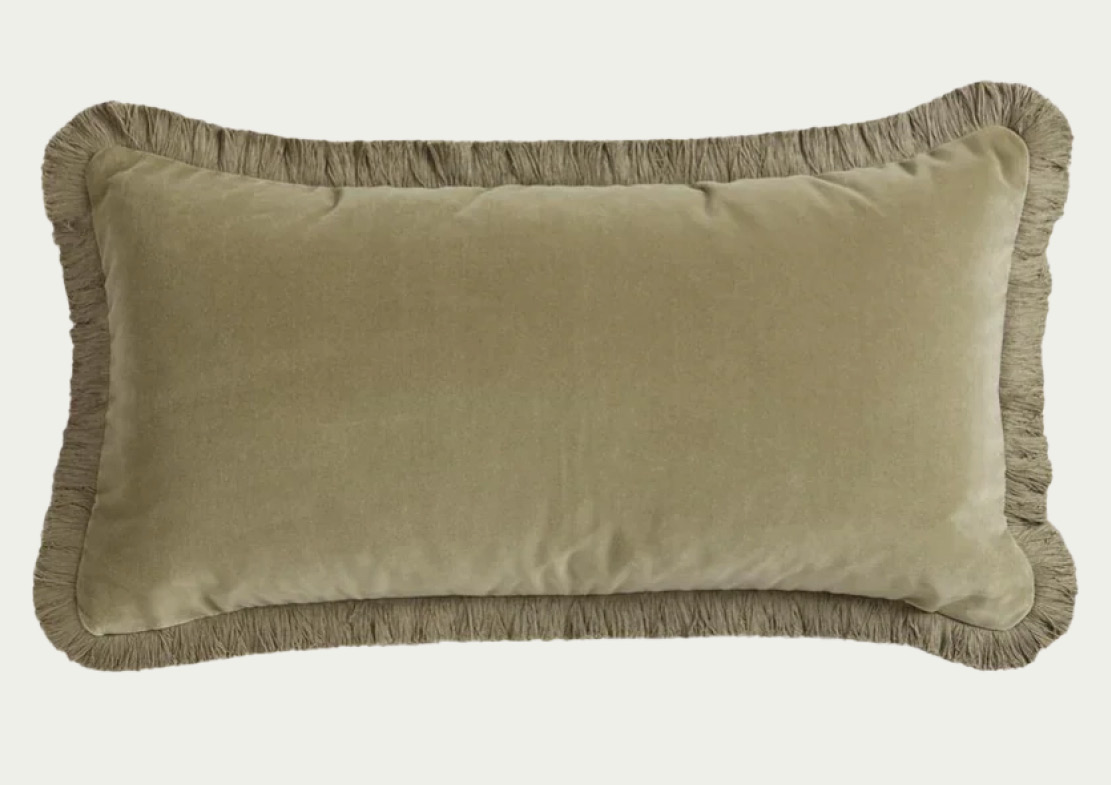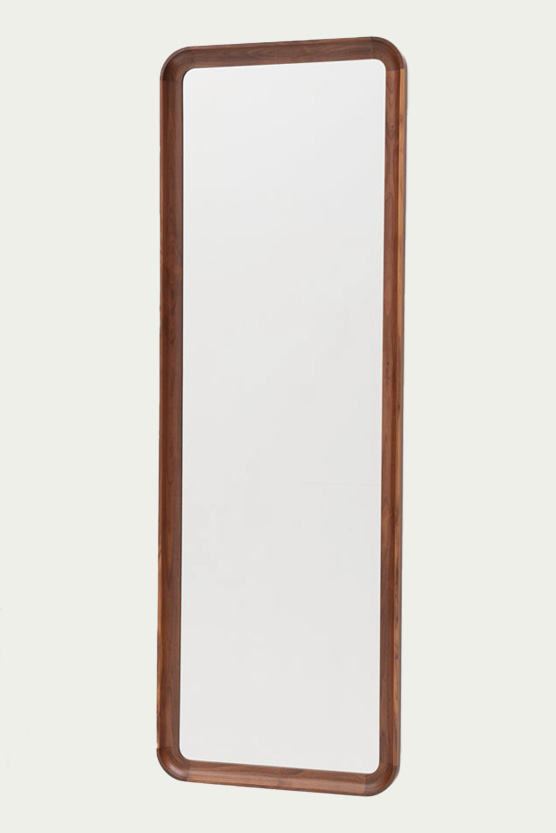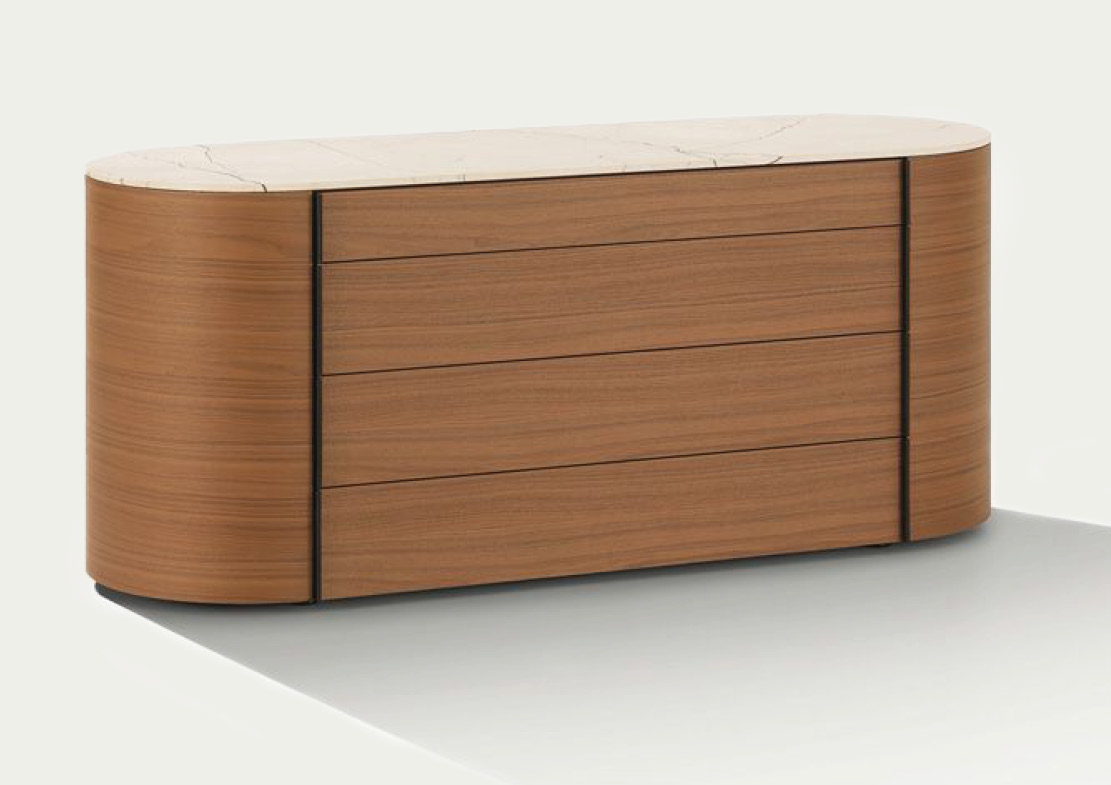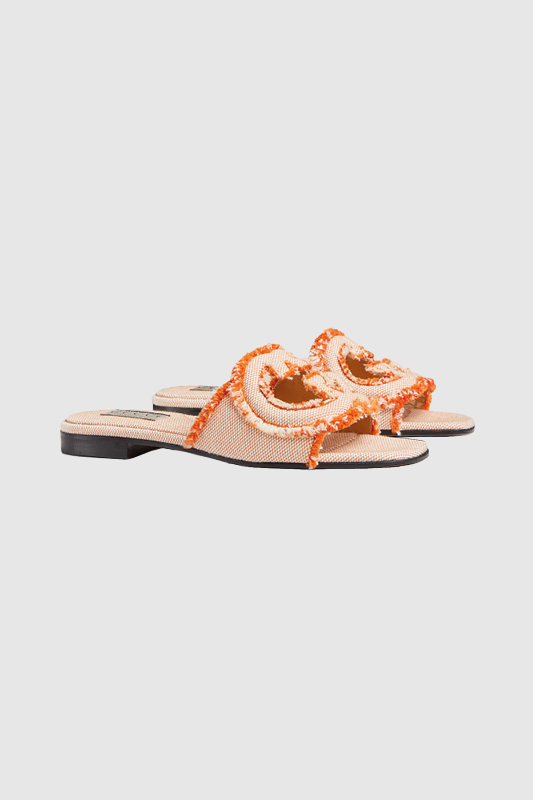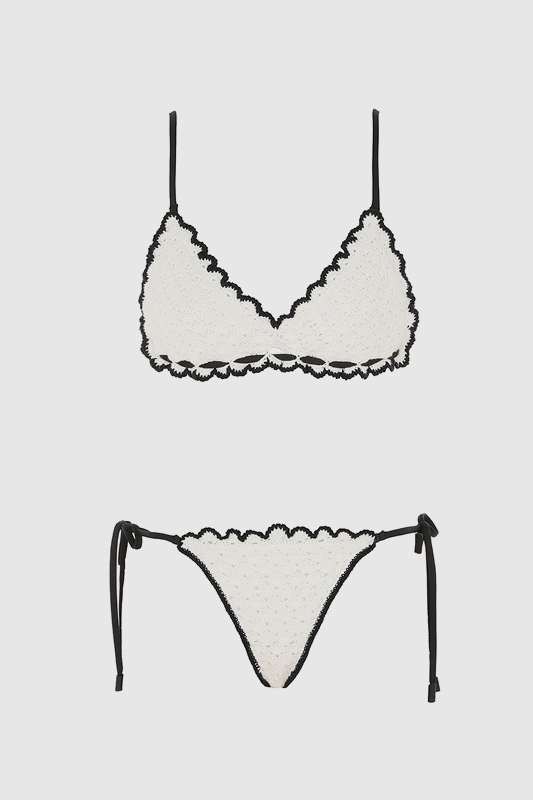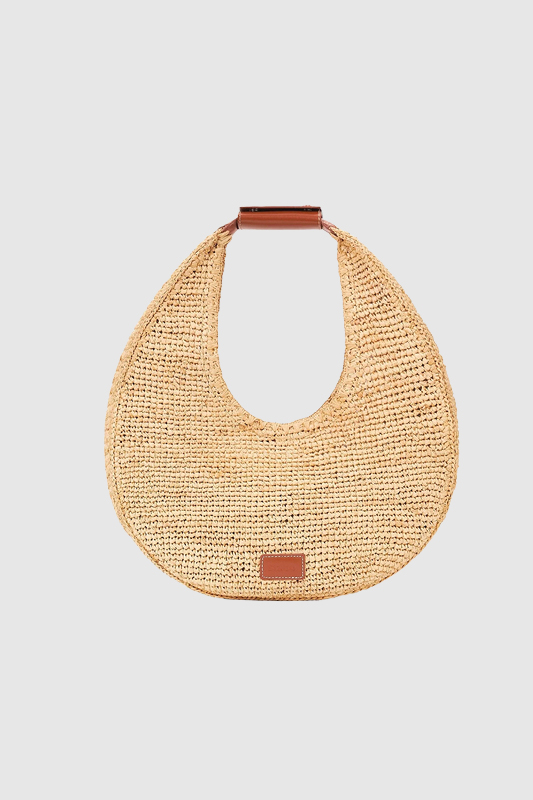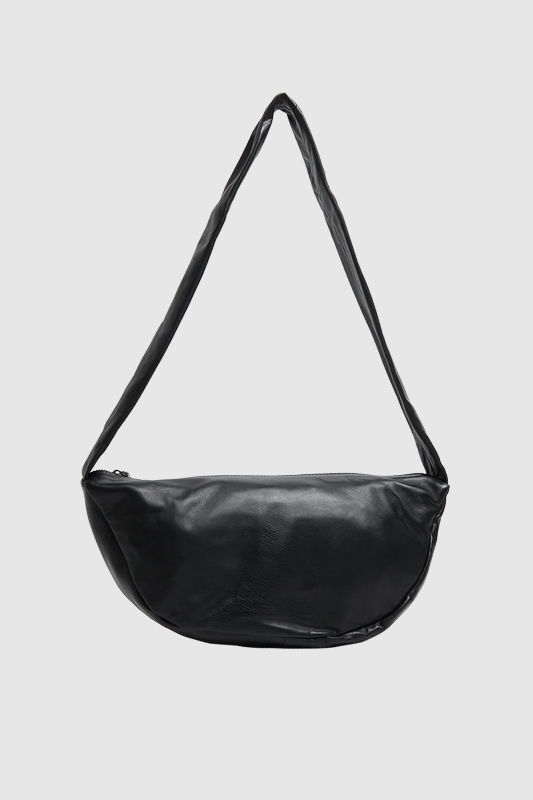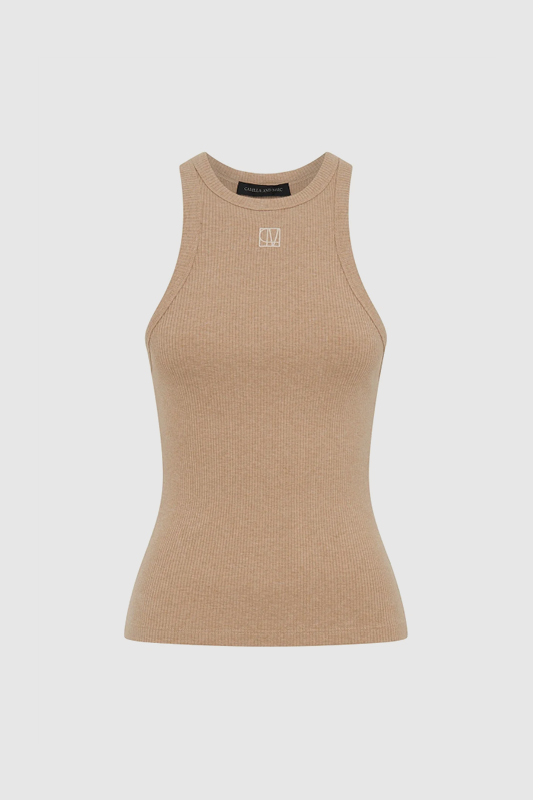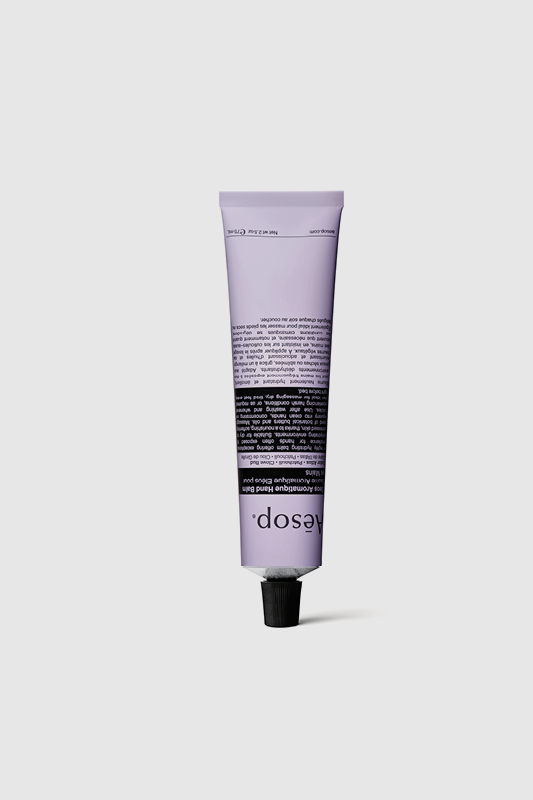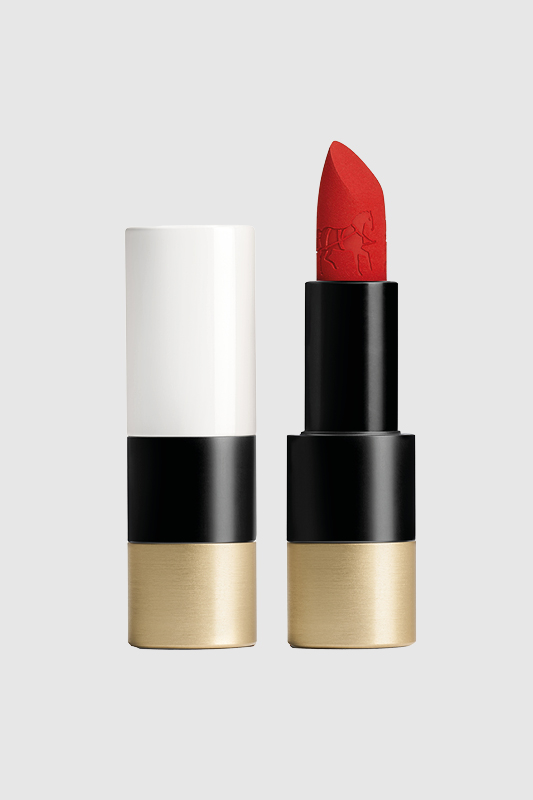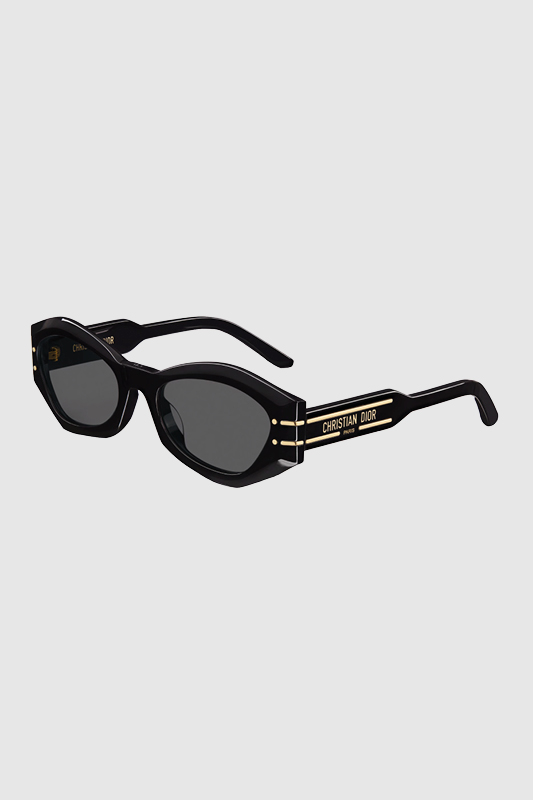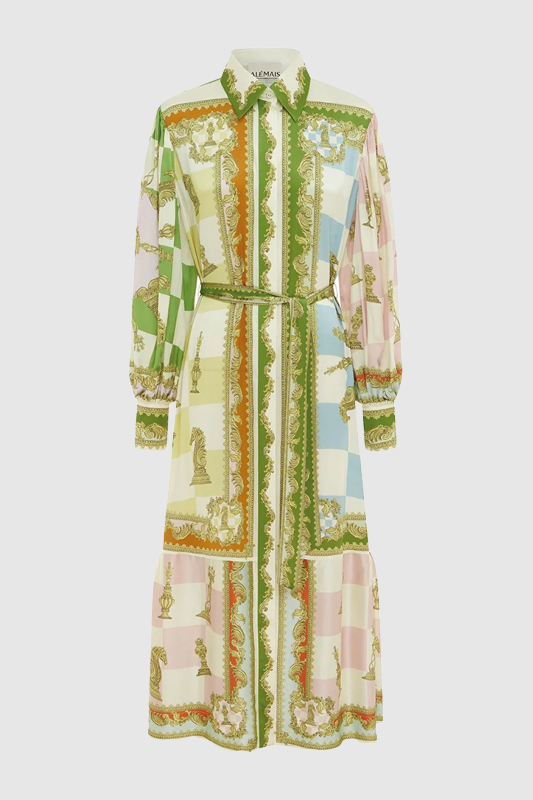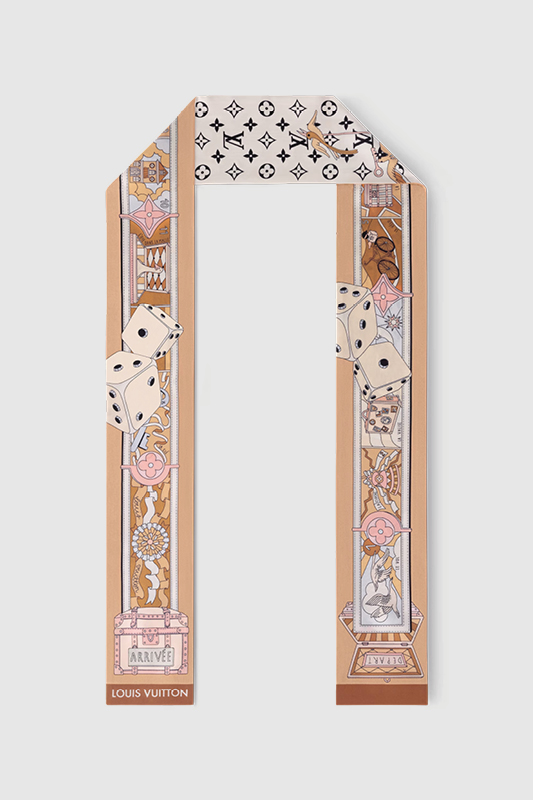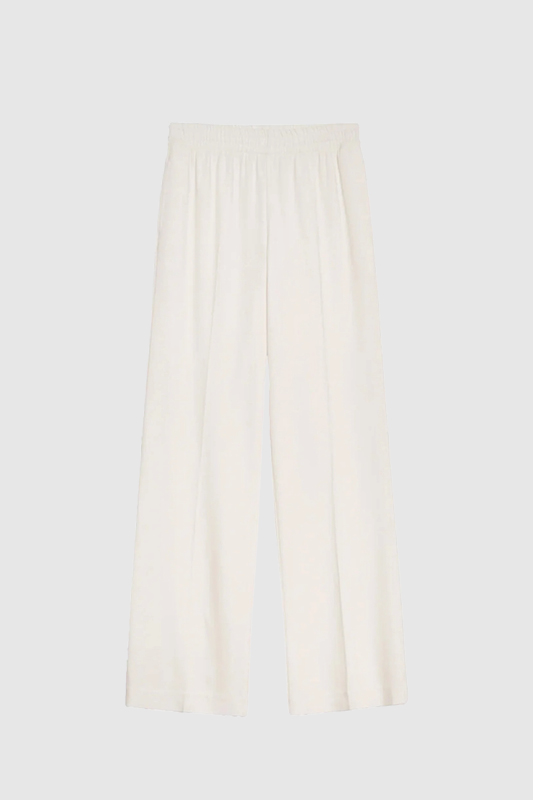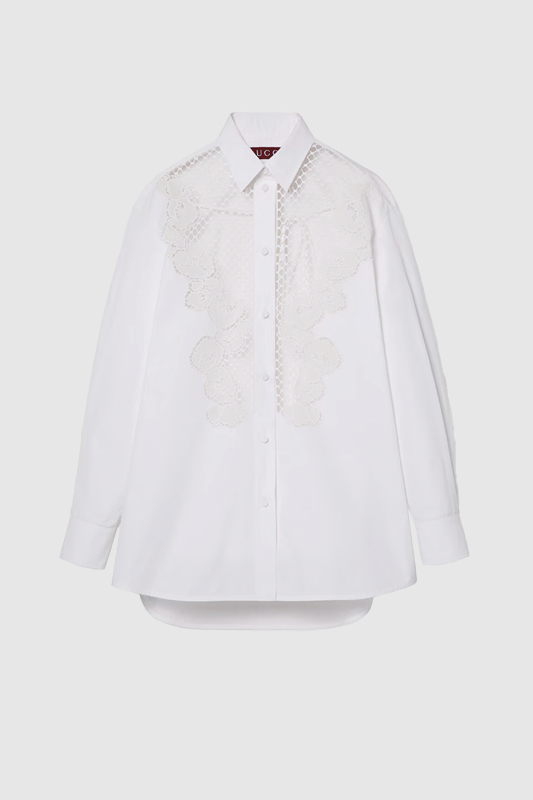Anti-wrinkle treatment loyalists have long been hooked on its skin smoothing and line-reducing properties, scheduling regular, rolling appointments to maintain a youthful visage. However, as time goes on, it seems that more frequent treatments are required, or higher doses are needed, and the efficacy is perhaps not as strong as it once was. This is often due to a phenomenon colloquially called ‘Botulinum Resistance’ — a developed resistance to the effects of botulinum toxin, the active ingredient in anti-wrinkle injections, which can (unfortunately) develop over time.
With this in mind, brands have begun seeking alternate injectable solutions that may reduce the risk of resistance, and one such treatment, now available in New Zealand, is XEOMIN®. This burgeoning anti-wrinkle treatment is a type of botulinum toxin that is free of complexing proteins and has a lower risk of triggering an immune response (1,4), meaning it’s more likely to go the distance.
So, what makes XEOMIN different to other botulinum toxins when it comes to botulinum toxin resistance?
There are different types and brands of botulinum toxin products, which all act in the same way, however, may vary in their potency and their level of non-essential proteins such as complexing proteins and other bacterial components.4
The ‘father’ of XEOMIN® Dr Jürgen Frevert, a biochemist with over 30 years of toxin research, had a desire to create a pure neurotoxin so that patients need only receive the pure active ingredient to achieve desired results.5
Over a decade of research produced the first purified botulinum toxin free from complexing proteins. XEOMIN® is the first anti- wrinkle toxin injectable that undergoes an additional purification step in the manufacturing process, eliminating complexing proteins leaving only pure active botulinum toxin.5
Being free of complexing proteins and other bacterial components is the reason why XEOMIN® has a low risk of an immune response leading to botulinum toxin neutralising antibodies, with no known case reports of resistance attributed to XEOMIN® when used for aesthetic purposes.1
And what is the difference between botulinum toxin and dermal fillers?
Botulinum toxin and dermal fillers are both cosmetic injectables that can improve the appearance of the face, but they work in different ways.2,6
Botulinum toxin works by relaxing the muscles that cause dynamic wrinkles which occur from muscle movement, such as frown lines, forehead lines, and crow’s feet.4,7
Dermal fillers add volume and plumpness to the skin, filling in static wrinkles which occur for many reasons such as thinning skin or loss of elasticity. These wrinkles include nasolabial folds, marionette lines, and lip lines.7
Both botulinum toxin and dermal fillers can be used together or separately, depending on the individual needs of a person.6
Learn more about XEOMIN®, where to find it, and its efficacy here.








































